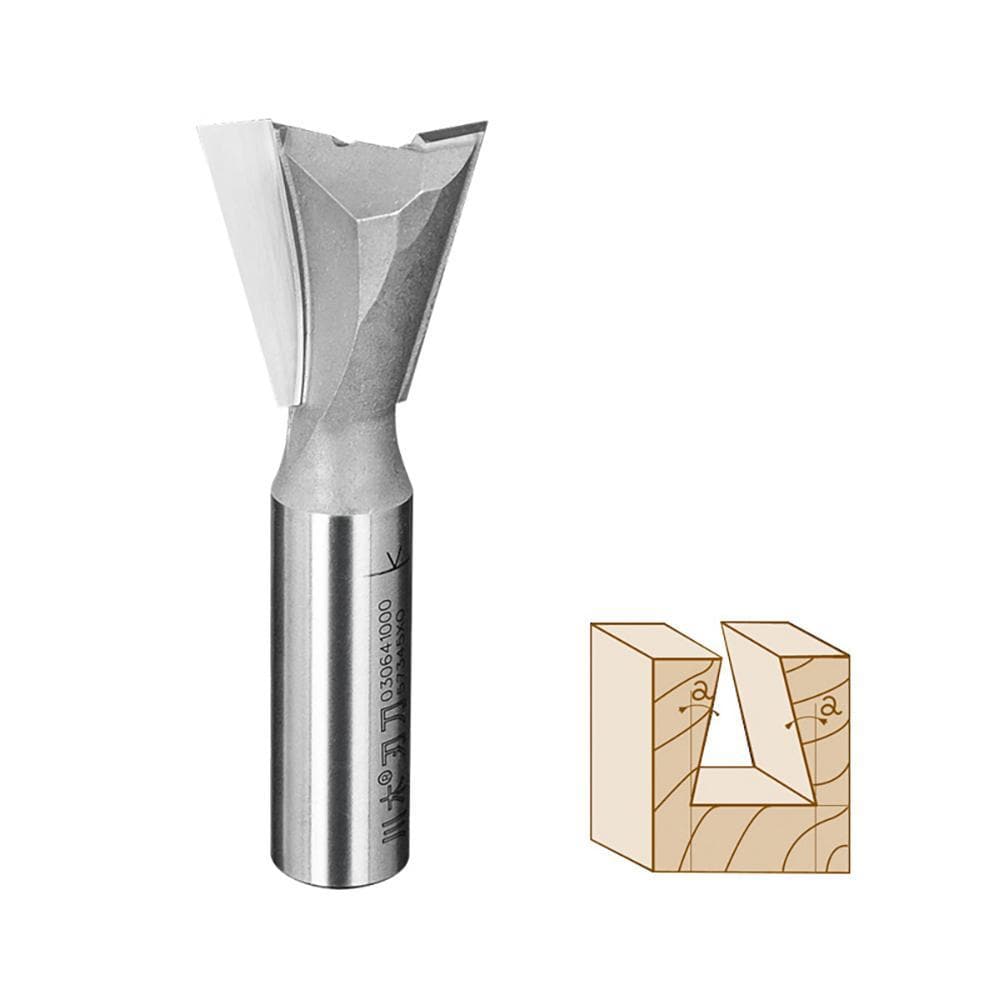JOINERY ROUTER BITS
9 Common Types Of Joinery Router Bits
Joinery router bits are specifically designed cutting tools used with a router to create various types of joints in woodworking projects. These bits are available in different shapes and profiles, each serving a specific purpose in joining wood pieces together. Here are some common types of joinery router bits:
1. Straight bits : Straight bits are the most basic and versatile router bits used for joinery. They have a straight cutting edge and are used to create dadoes, grooves, and rabbets for joinery applications. Straight bits can also be used for edge joining and trimming tasks.
2. Dovetail bits : Dovetail bits are used to create dovetail joints, which are commonly used for joining drawers, boxes, and other woodworking projects. These bits have angled cutting edges that produce the characteristic interlocking dovetail shape.

3. Rabbeting Bits: Rabbeting bits are designed to create rabbet joints, which involve cutting a recess along the edge or face of a board to allow another board to fit into it. Rabbeting bits can be adjusted to cut different depths and widths of rabbets, making them versatile for various joinery applications.
4. Mortising Bits: Mortising bits are used to create mortise and tenon joints, which are strong and commonly used in furniture construction. These bits have a square or rectangular cutting edge that removes material to create a square or rectangular hole (mortise) in one piece of wood, allowing a corresponding projection (tenon) on another piece to fit into it.
5. Tongue and Groove Bits: Tongue and groove bits are used to create tongue and groove joints, which enable the seamless joining of two or more boards along their edges. These bits have a matched set of profiles—one with a tongue-shaped projection and the other with a corresponding groove. Tongue and groove joints are commonly used in flooring, paneling, and cabinet construction.
6. Box Joint Bits: Box joint bits, also known as finger joint bits, are used to create box joints or finger joints. These strong and decorative joints are formed by interlocking rectangular fingers cut into the ends of two boards. Box joint bits typically have multiple cutting edges to create evenly spaced fingers.
7. Miter Bits: Miter bits are used to create miter joints, which are formed by joining two boards at a 45-degree angle. These bits have angled cutting edges that allow for precise miter cuts, commonly used in picture frames, moldings, and other angled joinery applications.
8. Slotting Bits: Slotting bits are used to create slots or grooves in wood for various joinery purposes. These bits have a straight or spiral cutting edge and are often used for creating slots for splines or biscuits to reinforce joints.
9. Lock Miter Bits : Lock miter bits are used to create strong and precise miter joints with interlocking profiles. These bits have angled cutting edges that produce interlocking fingers, ensuring a tight and stable joint.
These are just a few examples of the many joinery router bits available. The selection of the appropriate bit depends on the specific joint you want to create and the desired result. It's important to use these router bits with caution, following safety guidelines and ensuring proper setup and operation to achieve accurate and clean joinery.
